HSBC 2005 Annual Report Download - page 339
Download and view the complete annual report
Please find page 339 of the 2005 HSBC annual report below. You can navigate through the pages in the report by either clicking on the pages listed below, or by using the keyword search tool below to find specific information within the annual report.-
 1
1 -
 2
2 -
 3
3 -
 4
4 -
 5
5 -
 6
6 -
 7
7 -
 8
8 -
 9
9 -
 10
10 -
 11
11 -
 12
12 -
 13
13 -
 14
14 -
 15
15 -
 16
16 -
 17
17 -
 18
18 -
 19
19 -
 20
20 -
 21
21 -
 22
22 -
 23
23 -
 24
24 -
 25
25 -
 26
26 -
 27
27 -
 28
28 -
 29
29 -
 30
30 -
 31
31 -
 32
32 -
 33
33 -
 34
34 -
 35
35 -
 36
36 -
 37
37 -
 38
38 -
 39
39 -
 40
40 -
 41
41 -
 42
42 -
 43
43 -
 44
44 -
 45
45 -
 46
46 -
 47
47 -
 48
48 -
 49
49 -
 50
50 -
 51
51 -
 52
52 -
 53
53 -
 54
54 -
 55
55 -
 56
56 -
 57
57 -
 58
58 -
 59
59 -
 60
60 -
 61
61 -
 62
62 -
 63
63 -
 64
64 -
 65
65 -
 66
66 -
 67
67 -
 68
68 -
 69
69 -
 70
70 -
 71
71 -
 72
72 -
 73
73 -
 74
74 -
 75
75 -
 76
76 -
 77
77 -
 78
78 -
 79
79 -
 80
80 -
 81
81 -
 82
82 -
 83
83 -
 84
84 -
 85
85 -
 86
86 -
 87
87 -
 88
88 -
 89
89 -
 90
90 -
 91
91 -
 92
92 -
 93
93 -
 94
94 -
 95
95 -
 96
96 -
 97
97 -
 98
98 -
 99
99 -
 100
100 -
 101
101 -
 102
102 -
 103
103 -
 104
104 -
 105
105 -
 106
106 -
 107
107 -
 108
108 -
 109
109 -
 110
110 -
 111
111 -
 112
112 -
 113
113 -
 114
114 -
 115
115 -
 116
116 -
 117
117 -
 118
118 -
 119
119 -
 120
120 -
 121
121 -
 122
122 -
 123
123 -
 124
124 -
 125
125 -
 126
126 -
 127
127 -
 128
128 -
 129
129 -
 130
130 -
 131
131 -
 132
132 -
 133
133 -
 134
134 -
 135
135 -
 136
136 -
 137
137 -
 138
138 -
 139
139 -
 140
140 -
 141
141 -
 142
142 -
 143
143 -
 144
144 -
 145
145 -
 146
146 -
 147
147 -
 148
148 -
 149
149 -
 150
150 -
 151
151 -
 152
152 -
 153
153 -
 154
154 -
 155
155 -
 156
156 -
 157
157 -
 158
158 -
 159
159 -
 160
160 -
 161
161 -
 162
162 -
 163
163 -
 164
164 -
 165
165 -
 166
166 -
 167
167 -
 168
168 -
 169
169 -
 170
170 -
 171
171 -
 172
172 -
 173
173 -
 174
174 -
 175
175 -
 176
176 -
 177
177 -
 178
178 -
 179
179 -
 180
180 -
 181
181 -
 182
182 -
 183
183 -
 184
184 -
 185
185 -
 186
186 -
 187
187 -
 188
188 -
 189
189 -
 190
190 -
 191
191 -
 192
192 -
 193
193 -
 194
194 -
 195
195 -
 196
196 -
 197
197 -
 198
198 -
 199
199 -
 200
200 -
 201
201 -
 202
202 -
 203
203 -
 204
204 -
 205
205 -
 206
206 -
 207
207 -
 208
208 -
 209
209 -
 210
210 -
 211
211 -
 212
212 -
 213
213 -
 214
214 -
 215
215 -
 216
216 -
 217
217 -
 218
218 -
 219
219 -
 220
220 -
 221
221 -
 222
222 -
 223
223 -
 224
224 -
 225
225 -
 226
226 -
 227
227 -
 228
228 -
 229
229 -
 230
230 -
 231
231 -
 232
232 -
 233
233 -
 234
234 -
 235
235 -
 236
236 -
 237
237 -
 238
238 -
 239
239 -
 240
240 -
 241
241 -
 242
242 -
 243
243 -
 244
244 -
 245
245 -
 246
246 -
 247
247 -
 248
248 -
 249
249 -
 250
250 -
 251
251 -
 252
252 -
 253
253 -
 254
254 -
 255
255 -
 256
256 -
 257
257 -
 258
258 -
 259
259 -
 260
260 -
 261
261 -
 262
262 -
 263
263 -
 264
264 -
 265
265 -
 266
266 -
 267
267 -
 268
268 -
 269
269 -
 270
270 -
 271
271 -
 272
272 -
 273
273 -
 274
274 -
 275
275 -
 276
276 -
 277
277 -
 278
278 -
 279
279 -
 280
280 -
 281
281 -
 282
282 -
 283
283 -
 284
284 -
 285
285 -
 286
286 -
 287
287 -
 288
288 -
 289
289 -
 290
290 -
 291
291 -
 292
292 -
 293
293 -
 294
294 -
 295
295 -
 296
296 -
 297
297 -
 298
298 -
 299
299 -
 300
300 -
 301
301 -
 302
302 -
 303
303 -
 304
304 -
 305
305 -
 306
306 -
 307
307 -
 308
308 -
 309
309 -
 310
310 -
 311
311 -
 312
312 -
 313
313 -
 314
314 -
 315
315 -
 316
316 -
 317
317 -
 318
318 -
 319
319 -
 320
320 -
 321
321 -
 322
322 -
 323
323 -
 324
324 -
 325
325 -
 326
326 -
 327
327 -
 328
328 -
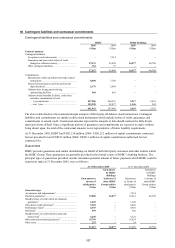 329
329 -
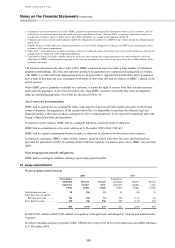 330
330 -
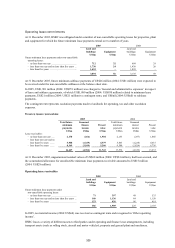 331
331 -
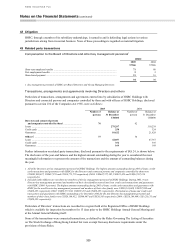 332
332 -
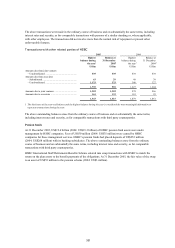 333
333 -
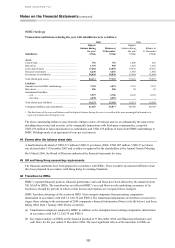 334
334 -
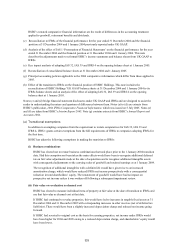 335
335 -
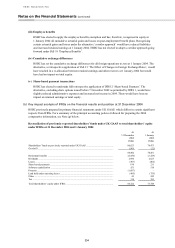 336
336 -
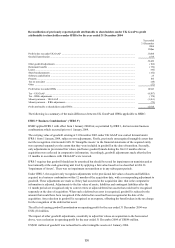 337
337 -
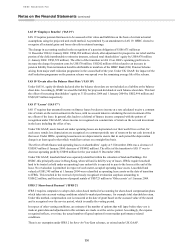 338
338 -
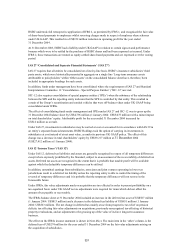 339
339 -
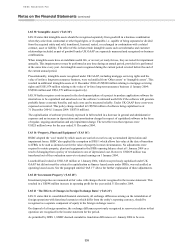 340
340 -
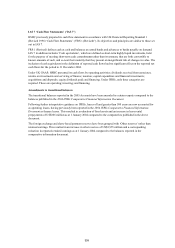 341
341 -
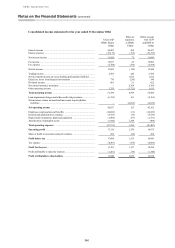 342
342 -
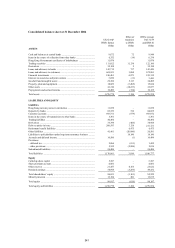 343
343 -
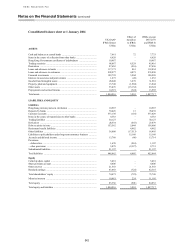 344
344 -
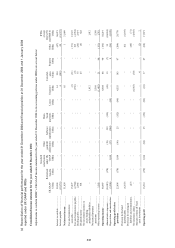 345
345 -
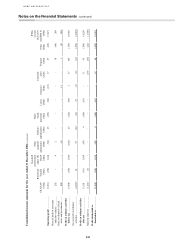 346
346 -
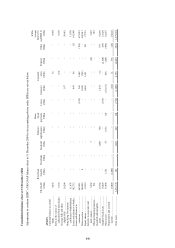 347
347 -
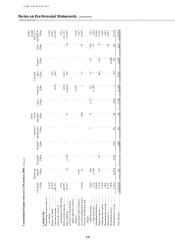 348
348 -
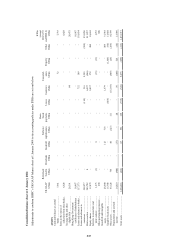 349
349 -
 350
350 -
 351
351 -
 352
352 -
 353
353 -
 354
354 -
 355
355 -
 356
356 -
 357
357 -
 358
358 -
 359
359 -
 360
360 -
 361
361 -
 362
362 -
 363
363 -
 364
364 -
 365
365 -
 366
366 -
 367
367 -
 368
368 -
 369
369 -
 370
370 -
 371
371 -
 372
372 -
 373
373 -
 374
374 -
 375
375 -
 376
376 -
 377
377 -
 378
378 -
 379
379 -
 380
380 -
 381
381 -
 382
382 -
 383
383 -
 384
384 -
 385
385 -
 386
386 -
 387
387 -
 388
388 -
 389
389 -
 390
390 -
 391
391 -
 392
392 -
 393
393 -
 394
394 -
 395
395 -
 396
396 -
 397
397 -
 398
398 -
 399
399 -
 400
400 -
 401
401 -
 402
402 -
 403
403 -
 404
404 -
 405
405 -
 406
406 -
 407
407 -
 408
408 -
 409
409 -
 410
410 -
 411
411 -
 412
412 -
 413
413 -
 414
414 -
 415
415 -
 416
416 -
 417
417 -
 418
418 -
 419
419 -
 420
420 -
 421
421 -
 422
422 -
 423
423 -
 424
424
 |
 |
337
HSBC undertook full retrospective application of IFRS 2, as permitted by IFRS 1, and recognised the fair value
of share-based payments to employees whilst reversing charges made in respect of employee share schemes
under UK GAAP. This resulted in a US$152 million reduction in operating profit for the year ended
31 December 2004.
At 31 December 2003, HSBC had a liability under UK GAAP in relation to certain sign-on and performance
bonuses which were to be settled by the purchase of HSBC shares and had been expensed as incurred. Under
IFRS 2, these transactions are treated as equity-settled share-based payments and are expensed over the vesting
period.
IAS 27 ‘Consolidated and Separate Financial Statements’ (‘IAS 27’)
IAS 27 requires that all entities be consolidated on a line-by-line basis. HSBC’s insurance subsidiaries’ third
party assets, which were historically presented in aggregate on a single line ‘Long-term assurance assets
attributable to policyholders’ within ‘Other assets’ on the consolidated balance sheet have, therefore, been
included in appropriate headings for such assets.
In addition, funds under management have been consolidated where the requirements of IAS 27 and Standard
Interpretations Committee 12 ‘Consolidation – Special Purpose Entities’ (‘SIC–12’) are met.
SIC–12 also requires consolidation of special purpose entities (‘SPEs’) when the substance of the relationship
between the SPE and the reporting entity indicates that the SPE is controlled by that entity. This resulted in
certain of the Group’s securitisation and conduit vehicles that were off-balance-sheet under UK GAAP being
consolidated under IFRSs.
The effect of consolidating funds under management and SPEs under IAS 27 and SIC–12 was to gross up the
31 December 2004 balance sheet by US$4,796 million (1 January 2004: US$5,075 million) with a minor impact
on total shareholders’ equity. Attributable profit for the year ended 31 December 2004 increased by
US$12 million as a result.
Under IAS 27, investments in subsidiaries may be carried at cost or accounted for in accordance with IAS 39 in
an entity’s separate financial statements. HSBC Holdings took the option of carrying its investments in
subsidiaries at cost instead of at net asset value, as under its previous UK GAAP policy. The effect of this
change was a decrease in total shareholders’ equity by US$39,217 million at 31 December 2004
(US$27,412 million at 1 January 2004).
IAS 12 ‘Income Taxes’ (‘IAS 12’)
Under IAS 12, deferred tax liabilities and assets are generally recognised in respect of all temporary differences
except where expressly prohibited by the Standard, subject to an assessment of the recoverability of deferred tax
assets. Deferred tax assets are recognised to the extent that it is probable that taxable profit will be available
against which the deductible temporary differences can be utilised.
In addition, unremitted earnings from subsidiaries, associates and joint ventures operating in lower tax
jurisdictions result in a deferred tax liability unless the reporting entity is able to control the timing of the
reversal of temporary differences and it is probable that the temporary differences will not reverse in the
foreseeable future.
Under IFRSs, fair value adjustments made on acquisition are tax-effected in order to present profitability on a
tax-equalised basis: under UK GAAP no tax adjustments were required for items which did not affect the
amount of tax payable or recoverable.
The IFRSs balance sheet at 31 December 2004 included an increase in the deferred tax asset of US$587 million
(1 January 2004: US$813 million) and a decrease in the deferred tax liability of US$631 million (1 January
2004: US$563 million). The net change in deferred tax mainly arose from prospective tax relief on pension
deficits, tax-effecting fair value adjustments on acquisitions, previously unrecognised tax-effecting of historical
property revaluations, and an adjustment to the grossing up of the value of in-force long-term assurance
business.
The effect on the IFRSs income statement is shown in Note 46(c). The main item in the ‘other’ column, is the
deferred tax of US$274 million for the year ended 31 December 2004 on the fair value adjustments arising on
the acquisition of subsidiaries.
